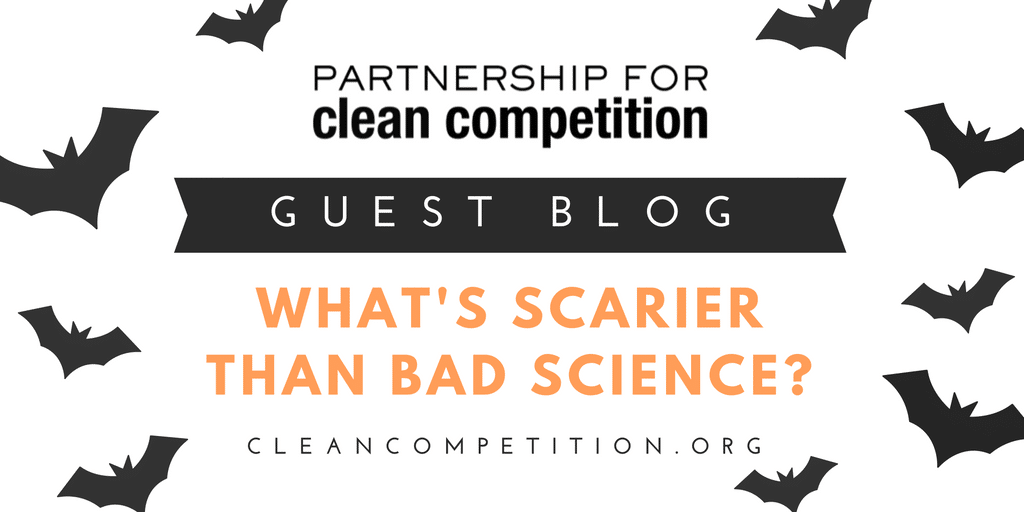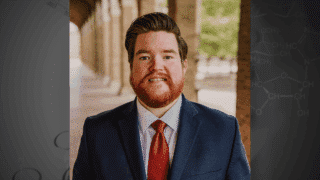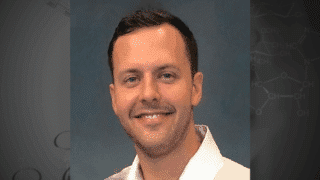The PCC relies on the valuable contributions of scientists around the world to advance our pursuit of protecting clean athletes through high quality research. The scientists we fund are passionate about their work, committed to scientific excellence, and staunchly adherent to the ethical codes of their professions.
One reason the PCC can boast collaboration with such top notch researchers is our highly deliberate grant review process, led by our Scientific Advisory Board (SAB). The process begins with the PCC grant application, which requires a highly technical overview of the science to be performed, including the applicant’s intention for project implementation, testing on human subjects and internal review board approval, and scientific methodology. The SAB takes great care to address any concerns at the application stage in order to ensure funding is awarded to applicants demonstrating the potential to empirically and ethically advance anti-doping knowledge.
The SAB also works hard to ensure a pragmatic approach while making funding recommendations. Projects awarded funding are chosen based on the quality of scientific merit, not the potential to reach a pre-determined hypothesis. This method ensures funding for projects most likely to impact the anti-doping movement in a lasting and meaningful way.
Despite the care of the PCC to ensure the highest quality contributions to the anti-doping sphere ‘bad science’ is still a reality in the scientific community. In our first guest blogger installment, PCC SAB member Dr. Steve Elliott expands upon his recent article “Bad Science: Cause and Consequence” to discuss why ‘bad science’ is an increasingly prevalent setback to the scientific community – and how to avoid it.
The following is a contribution from Dr. Steve Elliott
We all recognize and admire science and scientists and the progress they bring to health and safety, our environment, and lifestyles. To many, scientists are infallible and there is endless confidence in them and their conclusions. Unfortunately, there is a disturbing and increasing number of scientific reports that are conflicting, inconclusive, or wrong. This misinformation has caused waste, slowed progress, and worse, led us down dark paths. We no longer know with certainty which, if any, reports are true.
Many audiences struggle to evaluate the provided information but make significant decisions anyway. Alternatively, some who lack the specific knowledge or expertise to evaluate conclusions, become dependent on “experts” or consensus views to inform. However, scientific truth is not subject to a vote and “experts” may not be properly informed on the subject matter at all. As Galileo Galilei said almost 4 centuries ago “In questions of science, the authority of a thousand is not worth the humble reasoning of a single individual.” His statement is still true today.
Why has this occurred? In a recent article by Steve Elliott, a member of the PCC Scientific Advisory Board, some answers become apparent. http://jpharmsci.org/article/S0022-3549(16)00264-1/abstract. A leading contender is confirmation bias. “The tendency to search for, interpret, favor, and recall information in a way that confirms one’s beliefs or hypotheses”. This leads to selective disclosure of results, and rejection of logical alternatives. In extreme cases there can be silencing of critics and fraudulent behavior. Other explanations include failures to properly execute experiments or studies and/or unscientifically over-interpret the results.
The answer to these barriers is to demand “good science” from the research community. There are well established guiding principles in science but these are often ignored or bypassed. For example, controlled studies are more reliable and informative than studies reporting “correlations”. There is a correlation between per capita chicken consumption and total crude oil imports but this correlation is “spurious”. See http://www.tylervigen.com/spurious-correlations for other fun examples. Such studies and analyses must be rejected and researchers must be sent back to perform and interpret those studies properly. We all need to do better in evaluating the available information by becoming better informed. Importantly, we need to recognize that many of our closely held truths may be wrong.
In the anti-doping community, promotion of clean and healthy sport is paramount, and advances require good science. The PCC is committed to staying ahead of the evolving efforts to cheat and to employ good science to do this. We need to know how to detect doping to enhance performance in sport and accurately assess potential dangerous doping practices. If an athlete is tested and accused of doping, the test results must be definitive and there be no false positive or false negative results. A false positive harms the individual, the sport, and diminishes the testing itself while a false negative is unfair to clean athletes and encourages continued abuse. To develop good tests, good science is paramount. Only good science and information will ensure that all athletes can compete on a clean, safe, and equal platform.
Recently retired from his Scientific Executive Director Position at Amgen, where he had worked
since 1983, Dr. Elliott continues to work in conjunction with the anti-doping movement. During his early years at the company, he performed structure-function studies on erythropoietin (EPO) and the erythropoietin receptor and is the inventor of Aranesp, a re-engineered analog of rHuEpo with a longer serum half-life. Learn more about Dr. Elliott here.




